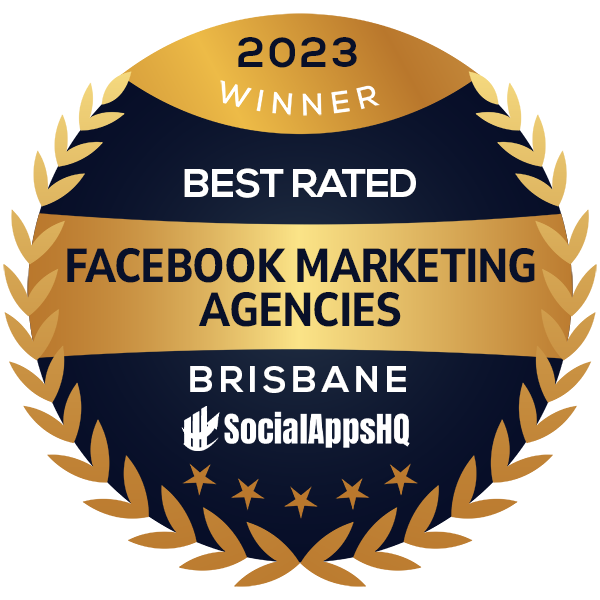In today’s digital age, social media has become a crucial component of any successful marketing strategy. But with so much content available online, it can be challenging to create fresh and engaging content that resonates with your target audience. That’s where social media marketing comes in – the process of finding and sharing relevant and valuable content from other sources with your followers. In this article, we’ll discuss seven effective social media marketing tips for content creation that can help your digital marketing efforts thrive!
Know your audience
The first step to successful content is understanding your audience. Remember these key points: Who are they? What are their interests and pain points? What type of content do they engage with the most?
Once you have a clear understanding of your audience, you can start curating content that aligns with their interests and provides value to them.
Identify reliable sources
Not all sources are created equal. It’s essential to make content from reliable and trustworthy sources to ensure that your followers receive accurate and relevant information. Some excellent sources to consider include industry publications, thought leaders, and influencers in your niche.
Use a mix of formats
As the old saying goes, variety is the spice of life. And in the world of social media, the same holds true. It’s essential to keep your followers engaged and interested, and one way to do that is by mixing up your content formats. After all, no one wants to see the same type of post every day. So why not try shaking things up a bit and experimenting with different formats?
Share articles that your audience will find informative and useful, create infographics that visually showcase your expertise, or produce videos that give your followers an inside look into your brand’s personality. With so many content options available, there’s no limit to what you can do. Plus, by experimenting with different formats, you’ll be able to see what resonates with your audience the most, and adjust your social media strategy accordingly.
Add your own spin
Social Media Marketing is not just about finding and sharing interesting articles, videos, or posts from other sources. It’s also about adding your own flavour and style to make it unique and valuable for your followers. When you add your own spin to the content, you’re essentially putting your own stamp on it and showing your followers that you have a unique perspective on the subject. By doing so, you’ll not only differentiate yourself from other businesses in your industry, but you’ll also establish yourself as a thought leader.
Moreover, you can provide your thoughts on the content by sharing your personal experience, expertise, or insights. By doing so, you’ll be able to create a deeper connection with your followers and engage them in meaningful conversations.
Be consistent
Consistency is the glue that binds your followers to your brand. Posting regularly is not only a way to keep your audience engaged but also to show them that you care about them and their interests. With a well-crafted content calendar, you can take the guesswork out of what to post, when to post, and on which platform to post. This not only ensures that you don’t miss any important dates or events but also allows you to have a better grasp of your content and your audience. You can also use the calendar to experiment with different types of content and see which ones work best for you. With a little effort and planning, you can create a steady stream of valuable content that keeps your audience coming back for more.
Monitor engagement
Another social media marketing tips that come to mind is it’s important to continuously monitor and analyse your content’s performance. This is to determine what’s working and what’s not. By doing so, you can gain valuable insights into your audience’s preferences, which can help you refine your content strategy and create even more engaging content. With the help of analytics tools, you can track key metrics such as reach, engagement, and conversions to measure the success of your content and make data-driven decisions to improve it. By constantly monitoring and analysing your content’s performance, you can stay ahead of the curve and keep your followers engaged and interested in your brand.
Engage with other content creators
In today’s social media landscape, collaboration is key! It’s not just about promoting your own content, but also about building relationships with others in your industry. By engaging with other content creators, you can tap into a whole new audience and expand your reach beyond your current followers. Plus, it’s a great way to show your support for other creators and foster a sense of community. Who knows? You might even discover some new ideas for content or find a collaborator for a future project. So, don’t be afraid to reach out and connect with others in your industry. It could lead to some exciting opportunities and help you establish yourself as a thought leader in your field.
Final Thoughts
In conclusion, these social media marketing tips can be a powerful tool in your social media marketing arsenal. By understanding these tips, you can create a social media presence that not only attracts new followers but also keeps your current audience engaged and interested in your brand. With the right strategy and a little creativity, content can help you establish yourself as a thought leader in your niche, build strong relationships with other creators, and ultimately achieve your marketing goals. So, don’t be afraid to give it a try and see how it can take your social media game to the next level!
Ready to take your digital presence to the next level? Let Done Digital be your guide. Click here to visit our website and discover how we can help you grow your business online!

















 Done Digital
Done Digital
 Done Digital
Done Digital

